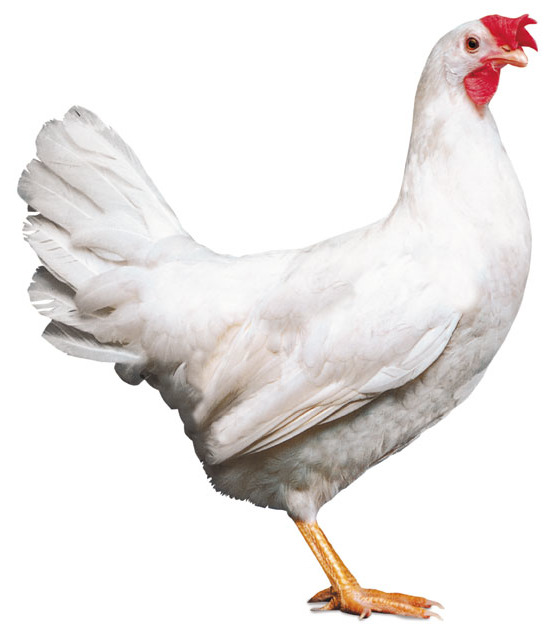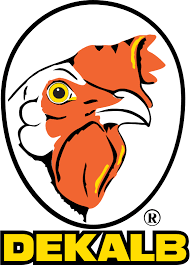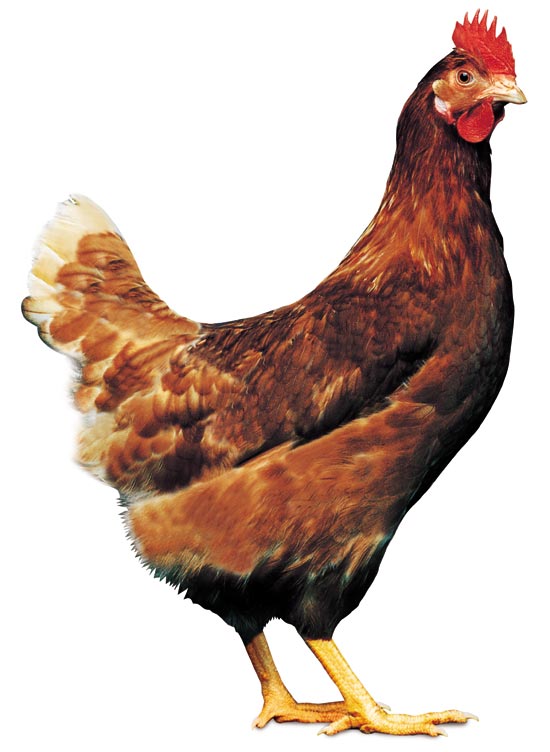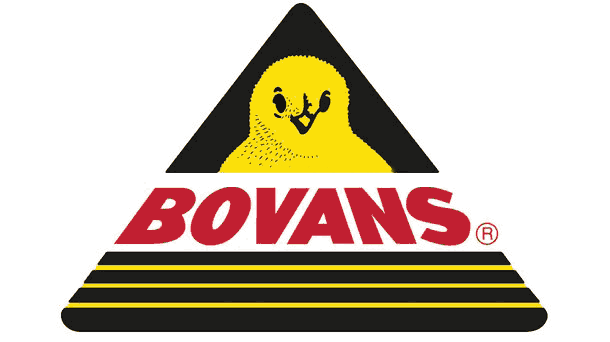
Special features
• Many saleable eggs with strong shells • Quiet animal behaviour • Efficient due to long life
Produktion summary |
|
|---|---|
|
Laying period
|
18. - 90. weeks
|
|
Livability
|
94 %
|
|
Age at 50% production
|
142 days
|
|
Peak of production
|
96 %
|
|
Average egg weight
|
63,1 g
|
|
Eggs hen housed
|
413
|
|
Egg mass hen housed
|
26,0 kg
|
|
Average feed intake
|
109 g/day
|
|
Cum. feed conversion rate
|
2,09 kg/kg
|
|
Body weight (90 weeks)
|
1720 g
|
|
Shell strength
|
4100 g
|
|
Haugh units
|
86
|

The Dekalb Story
The Dekalb story is a classic example of American pioneering and entrepreneurial thinking. Success in developing and commercializing hybrid seed corn in the 1930’s and early 1940’s prompted Dekalb Agricultural Association to explore whether hybridization could be applied to poultry. President Tom Roberts Sr. and Ray C. Nelson, v.p. of the newly-formed poultry division, set out to develop hens with superior egg-laying performance for the nation’s farmers and layer producers.
Dr. E. E. Schnetzler of Purdue was hired in 1945 as Dekalb’s director of poultry research. A research farm was established in the 1950’s and research concentrated on further improving the efficient white egg layers.
By purchasing the J.J. Warren company in 1971 Dekalb gained access to an excellent brown egg layer that was color sexable. As a result, by the 1980’s Dekalb white and brown layers were being distributed in over 25 countries and the poultry operation was named Dekalb Poultry Research, Inc. (DPRI). Today, as part of Hendrix Genetics, Dekalb layers continue to be a dominant force in the major layer markets of the U.S., Europe and Japan.
Bovans Brown

Special features
• High kilogram production per starting hen • Efficient due to good feed conversion • Stable for different types of farming
Produktion summary |
|
|---|---|
|
Laying period
|
18. - 90. week
|
|
Livability
|
93 %
|
|
Age at 50% production
|
143 days
|
|
Peak of production
|
95 %
|
|
Average egg weight
|
63,6 g
|
|
Eggs hen housed
|
459
|
|
Egg mass hen housed
|
29,2 kg
|
|
Average feed intake
|
122 g/day
|
|
Cum. feed conversion rate
|
2,37 kg/kg
|
|
Body weight (90 weeks)
|
2005 g
|
|
Shell strength
|
4050 g
|
|
Haugh units
|
80
|

The Story of the Bovans Brown
By the 1950s traditional Dutch poultry breeders were facing increased competition from larger American companies. So in 1954 four family owned layer breeding farms formed a new breeding company called Bovans Organisatie N.V. (Bovans Poultry Breeders). These hard working, farming families were the Bongers, Van Duijnhoven, Van Lankveld and Van der Linden (one Bo and three Vans = Bovans).
The founders of Bovans were Harry van Duijnhoven and his wife Nora. The Bovans breeding center was at Harry van Duijnhoven’s farm at Stevensbeek and their Bovans layers reflected the robust and hardworking ethics of the four families.
The original Bovans logo, which is still in use, was designed by Harry van Duijnhoven’s brother. Bovans Poultry Breeders soon developed into a strong and successful breeder, selling its birds in Europe, the America’s, Africa and the Middle East.



